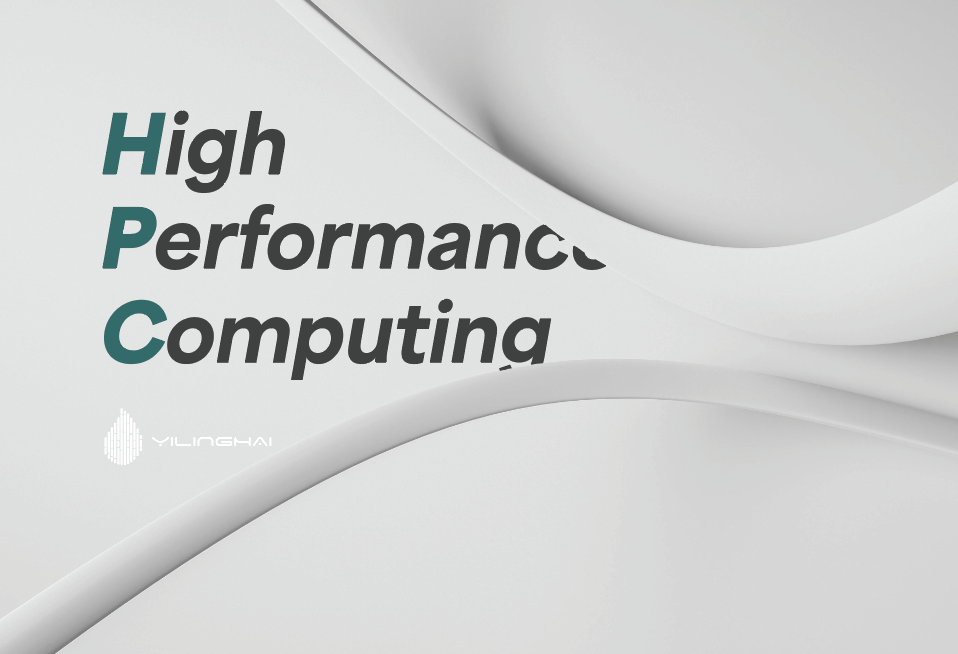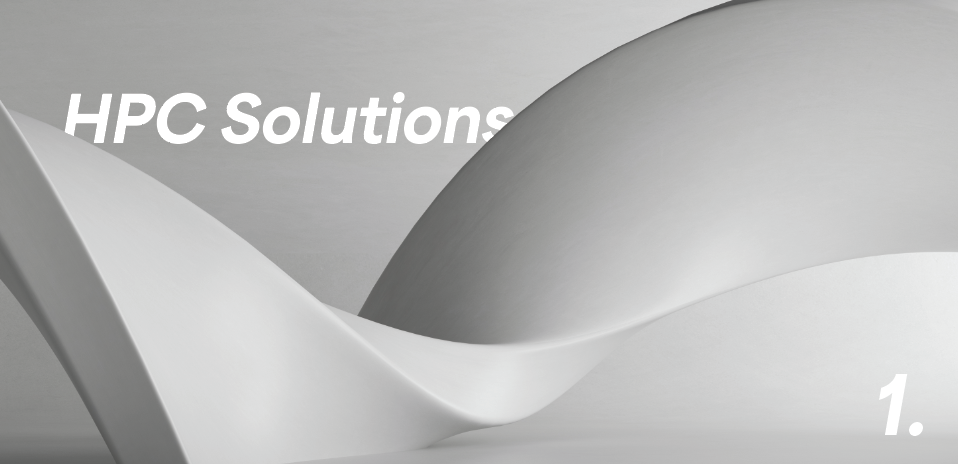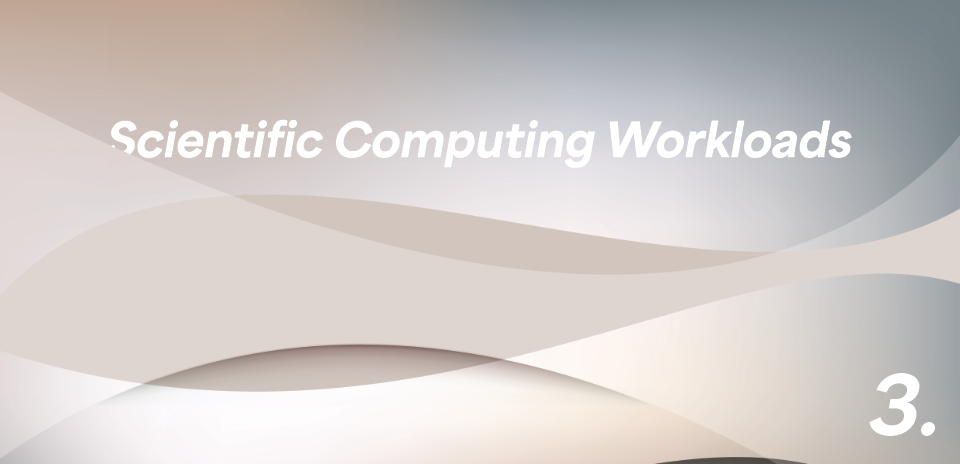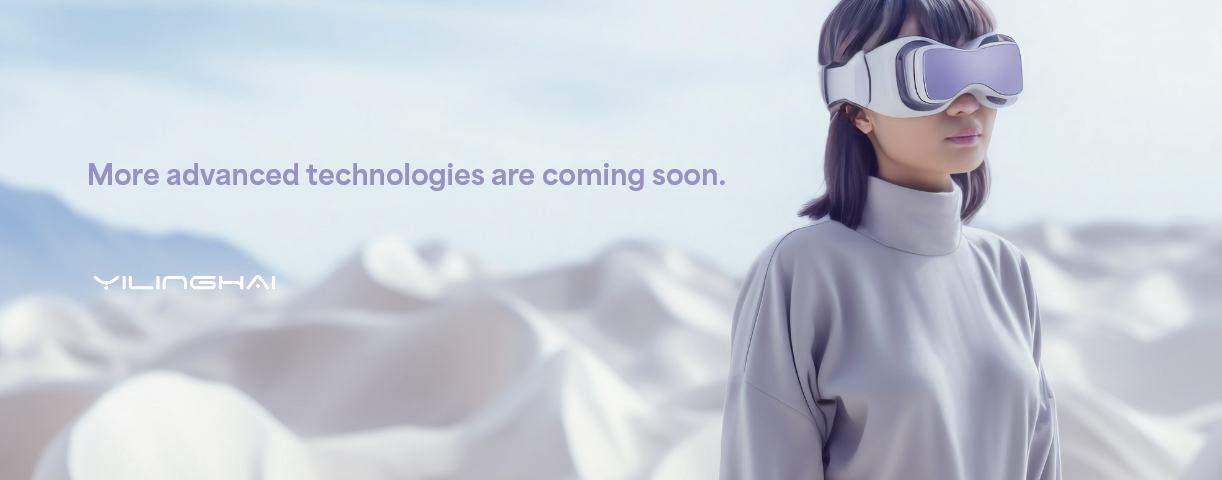
Elevating the pace of SCIENTIFIC DISCOVERY
High-performance computing (HPC) stands as a cornerstone in propelling the progress of scientific computing. Researchers, spanning fields such as weather forecasting, energy exploration, computational fluid dynamics, and life sciences, leverage HPC as a crucial tool. They integrate traditional simulations with cutting-edge technologies like AI, machine learning, big data analytics, and edge computing to unravel the mysteries of the world around us.

Edge Computing: Enhance services and optimize operations by implementing real-time data collection.
Shape a quicker, more intelligent, and more interconnected world. Across retail stores, city streets, warehouse floors, and hospitals, billions of IoT sensors generate vast amounts of data. Extracting swift insights from this data translates to enhanced services, optimized operations, and potential life-saving capabilities. To achieve this, enterprises must propel decision-making in real-time, necessitating the deployment of AI computing capabilities at the network’s edge where the data originates.
Climate AI: Enhance the speed of climate and weather simulations through interactive visualization.
NVIDIA Earth-2 represents a comprehensive, open platform that expedites climate and weather predictions through interactive, high-resolution simulations. This platform encompasses the physical simulation of numerical models like ICON and IFS, neural network models including FourCastNet, GraphCast, and Deep Learning Weather Prediction (DLWP) via NVIDIA Modulus, along with data federation and visualization through NVIDIA Omniverse™. Engineered to run on NVIDIA DGX™ GH200, HGX H100, and OVX supercomputers, Earth-2 presents a pathway to simulate and visualize the global atmosphere with unparalleled speed and scale.
Physics-Informed Machine Learning: Develop intricate AI models and high-fidelity digital twins across diverse domains.
NVIDIA Modulus presents an open-source framework designed for constructing, training, and refining Physics-ML models, offering a straightforward Python interface. Employ Modulus to enhance your engineering simulations by integrating AI. This platform allows you to construct models for large-scale digital twin applications within diverse physics domains, from Computational Fluid Dynamics (CFD) and structural analysis to electromagnetics.
Quantum Computing: Simulate and expedite the execution of quantum circuits using classical computers.
Facilitate advancements in quantum computing research. Quantum computing holds the promise of significant leaps in computational capabilities. The capacity for scientists, developers, and researchers to simulate quantum circuits on classical computers is crucial to propel us towards harnessing this potential.

Supercomputing
The convergence of AI and quantum mechanics is revolutionizing fields like mapping the Earth’s interior and weather forecasting. NVIDIA stands at the forefront, fueling the world’s fastest supercomputers and High-Performance Computing (HPC) systems, empowering researchers with the computational might necessary for simulating and making predictions about our world.
Healthcare and Life Sciences
The transformative impact of NVIDIA’s High-Performance Computing (HPC) solutions on healthcare. From expediting research to facilitating quicker diagnoses and propelling breakthroughs in medicine, NVIDIA’s HPC innovations are reshaping the landscape of healthcare technologies.
Energy
Reservoir simulation and seismic processing. Industrial digital twins. Climate and weather simulation. Grid modernization. NVIDIA HPC is powering a sustainable future for homes and businesses.
Public Sector
Cybersecurity. Disaster response. Humanitarian assistance. NVIDIA HPC is building the technology for our world to make communities safer and more connected everywhere.

Modeling and Simulation
Modeling and simulation are crucial tools for tackling real-world challenges across diverse industries, such as pharmaceuticals, finance, scientific research, and engineering.
AI
AI is used in HPC to run large-scale simulations in an accelerated time frame so researchers can advance their science faster.
Visualization
Scientific visualization is used to analyze large-scale datasets and extract insights from modeling and simulation.


